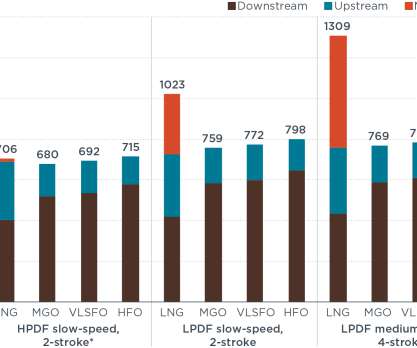Researchers find two strains of diesel-eating bacteria in Antarctica
Green Car Congress
MARCH 14, 2019
Pollution from petroleum hydrocarbons such as diesel, which is widely used for heating, transportation and power generation poses a threat to wildlife in Antarctica. The Antarctic Treaty prohibits the use of non-Antarctic organisms in the region, creating high demand for indigenous organisms that can clean up polluted soil.











Let's personalize your content